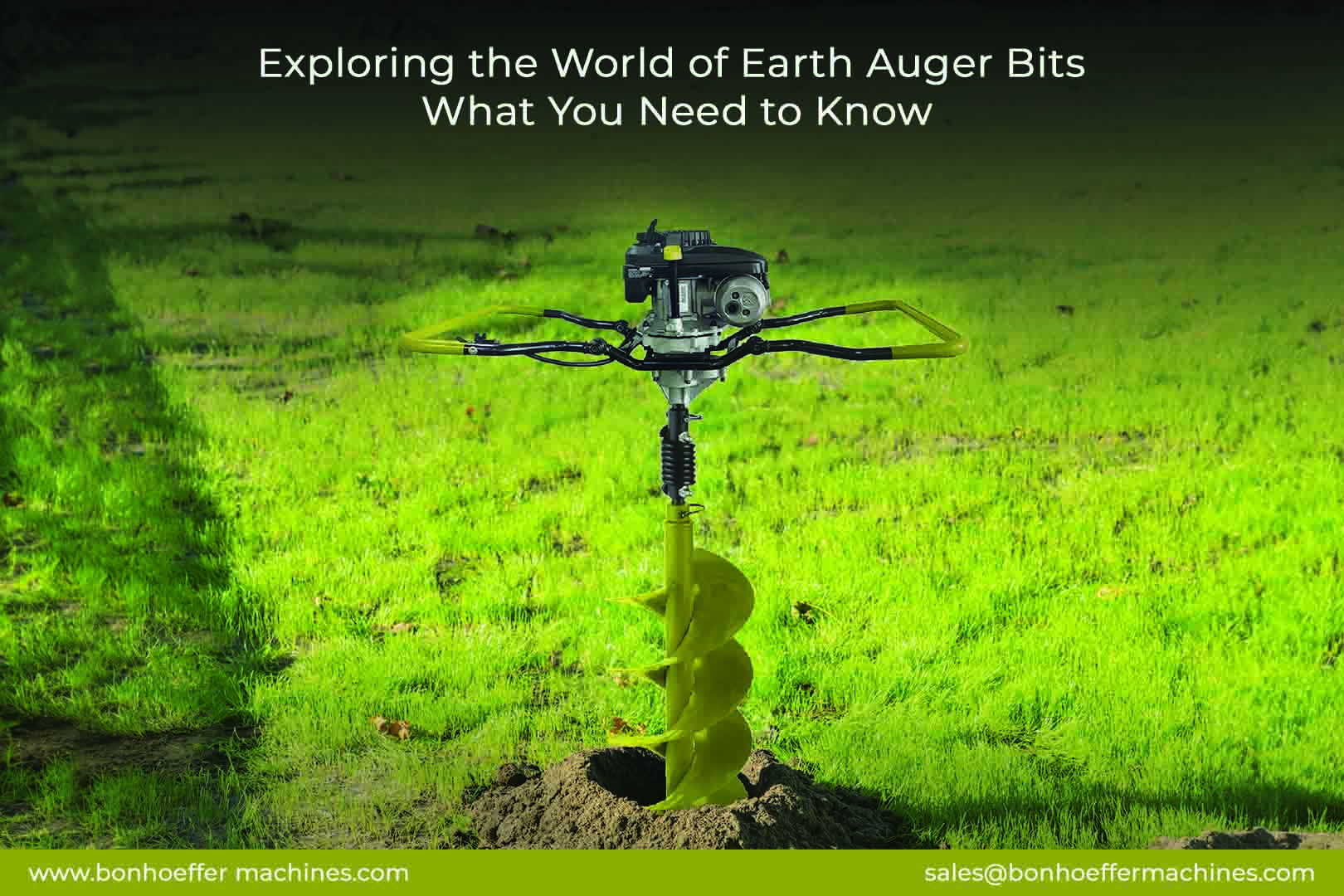
Exploring the world of earth auger bits involves understanding their types, applications, and key features. Here’s a comprehensive overview of what you need to know:
Types of Earth Auger Bits
- Standard Auger Bits
- These are the most common types, designed for general digging tasks.
- Typically range from 2 inches to 12 inches in diameter.
- Heavy-Duty Auger Bits
- Built for tougher soil conditions and larger projects.
- Often made from high-strength steel for durability.
- Post Hole Auger Bits
- Specifically designed for digging post holes, commonly used in fencing and landscaping.
- Usually have a wider cutting edge for efficient soil removal.
- Specialty Auger Bits
- These include bits designed for specific tasks such as planting bulbs or drilling through ice.
- Ice augers, bulb augers.
Applications
- Landscaping
- Used for planting trees, shrubs, and flowers.
- Construction
- Essential for setting posts for fences, decks, and signs.
- Agriculture
- Useful in soil sampling and planting crops.
- Utility Work
- Employed in installing underground utilities.
Key Features to Consider
- Dimeter
- Choose based on the size of the hole required; common sizes include 4, 6, 8, and 12.
- Length
- Longer bits are necessary for deeper holes.
- Material Quality
- High carbon steel or alloy steel is preferred for durability.
- Compatibility
- Ensure the bit fits your specific auger machine or drill.
Maintenance Tips
- Regularly check for wear and tear.
- Clean after use to prevent soil build up.
- Store in a dry place to avoid rust.
By understanding these aspects of earth auger bits, users can select the right tools for their specific needs. Ensuring efficiency and effectiveness in their projects.







